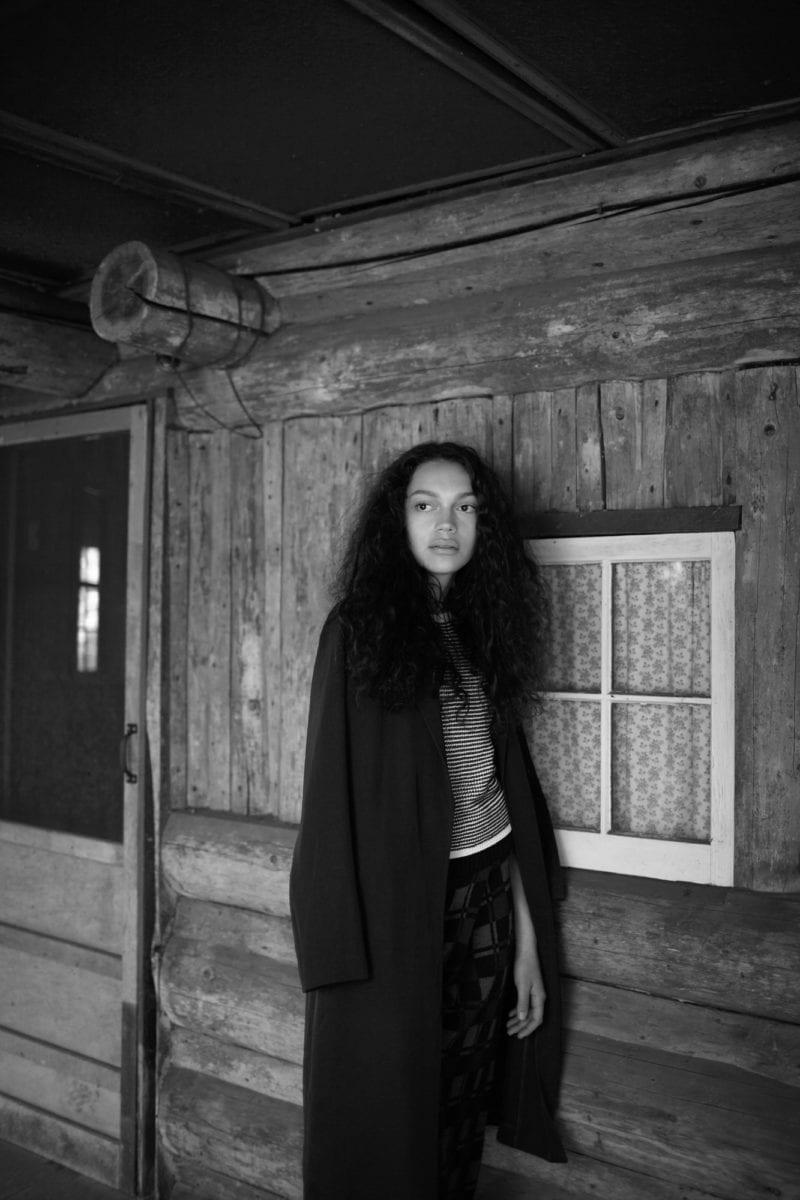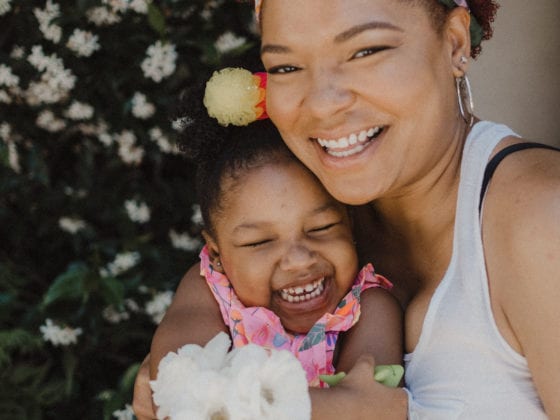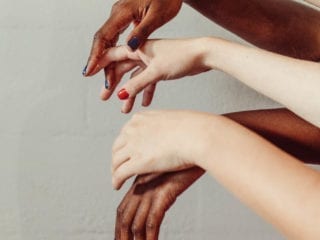I spent July 4 this year with my dad, sister and 3-year-old nephew in Louisiana. We spent most of our afternoon in the kitchen. My sister cooked ribs, mac and cheese, dirty rice, homemade praline cheesecake and more, while I assumed my meticulous role of taste tester.
Meanwhile, Dad split his time between entertaining my curious nephew and listening to an array of YouTube videos. We sporadically listened with him, catching phrases here and there from Dr. Martin Luther King, Jr. and Jeffrey Robinson of the American Civil Liberties Union.
Robinson’s video, The Truth About the Confederacy in the United States, discussed the history of Confederate symbols, lessons our nation’s past can teach us and ways we can unravel the systemic racism in our country.
“Is this live?”
For a moment, we all thought it was live. It was not. This discussion was streamed live on Aug. 24, 2017. I’d say the video aged well.
Later that evening, we settled into the living room for dessert—a healthy conversation about race in America. A Black man comfortably and candidly shared his thoughts and personal takeaways from Robinson’s video with two Black women who are currently navigating realities that he’s all too familiar with and truths he will never have to fully unpack, like raising a strong-willed Black boy as a single mother in today’s society. It was a beautiful father-daughter moment between the three of us.
I appreciated the intimacy of the moment because I was able to openly express how much I wanted more from a nation that has and continues to gaslight the Black community’s experiences by whitewashing or completely erasing history.
We talked about “Black Wall Street,” one of the wealthiest Black communities in the country until it was burned down in a fury of race riots in 1921 triggered by white rage. It has been described as “the single worst incident of racial violence in American history.”
Dad, a graduate of a historically Black college, questioned why he never heard of or learned about this massacre in Tulsa, OK. Perhaps what is or isn’t published in our history books is controlled by entities who want to erase evidence of systemic racism in America. If it doesn’t fit the narrative of our country being progressive, free and just, then it doesn’t get taught as a part of our history.
If it doesn’t fit the narrative of our country being progressive, free and just, then it doesn’t get taught as a part of our history.
There’s that label again—systemic racism. We’ve heard the countless debates of its validity, but what does it even mean? There’s no dictionary definition, yet. Merriam-Webster defines systemic as “fundamental to a predominant social, economic or political practice. This same dictionary defines racism as “a belief that race is the primary determinant of human traits and capacities and that racial differences produce an inherent superiority of a particular race.” (This definition is under review thanks to Kennedy Mitchum’s call for change, but let’s roll with it for the sake of consistency.)
From this information, I can logically infer that systemic racism refers to the social, economic or political practices in place (both micro and macro) that uphold racist beliefs that have historically disadvantaged people of color. I struggled writing this piece because many dismiss systemic racism as jargon that fits the left’s agenda. I shouldered the heaviness of successfully convincing people of the validity of something that has affected my community for decades.
In a time when change is essential, I wanted to guarantee that my words would change minds. I’ve learned that we, as a society, have a hard time trusting the validity of something if it hasn’t touched us personally. So, I want to share an example.
I’ve learned that we, as a society, have a hard time trusting the validity of something if it hasn’t touched us personally.
Perhaps by sharing a little bit of how it has affected my world, I can help underscore its validity and its ramifications on the Black community.
I am a product of the Monroe City Schools System in Louisiana, a school district that, up until 2018, was under judicial supervision for failure to ensure racial equality for its students in terms of administration staffing and course offerings at schools. That was only two years ago.
In 2016, a federal court judge decided that the school system was not in compliance with a 51-year-old consent decree to desegregate the schools in its district, resulting in principal swaps at two high schools, including my alma mater, among other changes. That was only four years ago.
According to the amended consent decree in 2015, the high school that operated as a “white school” during de jure segregation educated 98 percent of the district’s white high school students and employed 65 percent of the district’s white teachers and administrators during that school year. The particular school zone for this high school is drawn around predominantly white neighborhoods.
The other high school that experienced the principal swap operated as a “Black school” during de jure segregation and educated a 99 percent Black student body that school year. The particular school zone for this high school is drawn around predominantly Black neighborhoods.
Some facts that stood out to me from the consent decree:
- All of the teachers at the predominately white high school were certified during that school year, while 11 percent of the teachers at the other school were not.
- The predominately white high school offered 32 more courses than the high school composed of 99 percent Black students, inconsistent with the district’s duty to “offer the same courses at every high school in the district.”
- The predominately white high school offered more college preparatory courses than the majority Black high school and had more gifted and talented course offerings.
Prior to receiving its “unitary” status by a federal judge, the type of education a student received was determined by where they lived. Based on the information from this consent decree, the majority of the Black students in this school district were exposed to far less opportunities than their white counterparts.
Essentially, their neighborhoods determined the quality of education they received. Their neighborhoods determined what tools and access to knowledge they were allowed. Their neighborhoods determined their value to the school district. Inevitably, their neighborhoods determined their potential futures and trajectories.
That’s systemic racism.
There’s so much to learn and unlearn when it comes to our country’s complex history, but it starts with acknowledging that there are some incredibly ugly foundational systems, including systemic racism. The unraveling of this system will take time, as it is subconsciously ingrained in our minds as biases and in years of operation like the educational systems.
I may not see its end in my lifetime, but we must take those first steps—the first being to acknowledge that it is real and its detriment to the Black community.
In what ways does systemic racism play out in your corner of the world? Does it affect people in your community personally? How might you take time to learn about their experience?
Image via Carissa Gallo, Darling Issue No. 13











